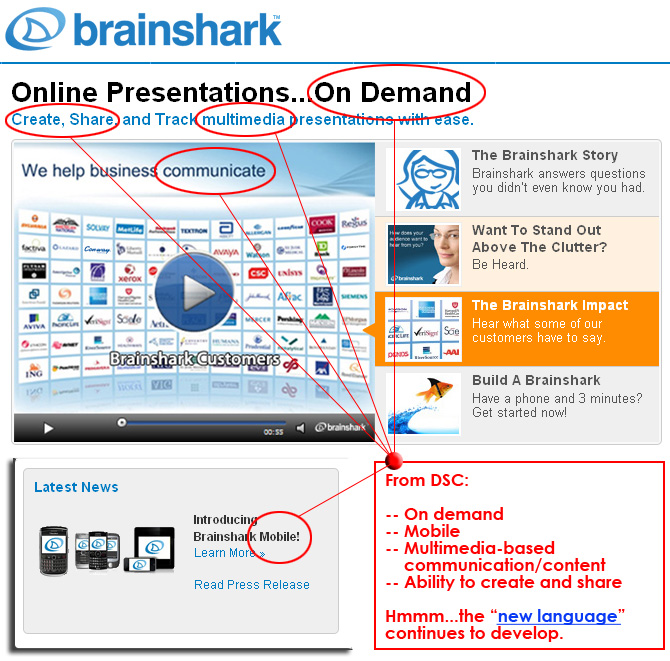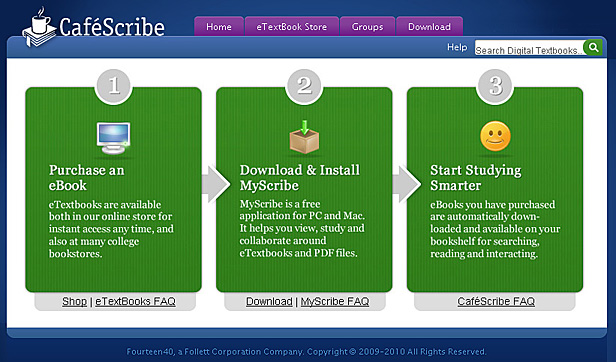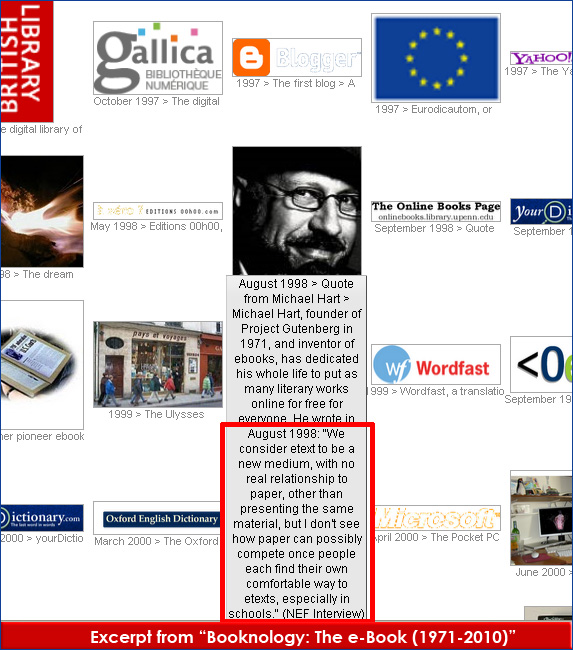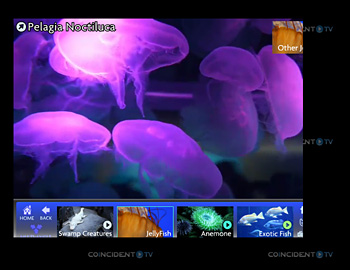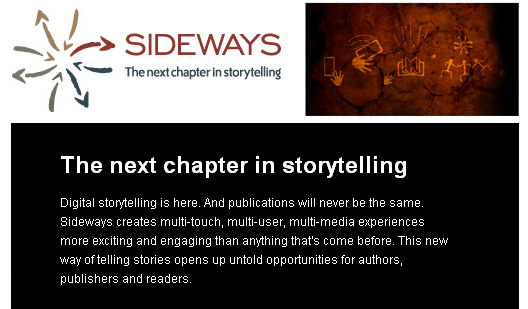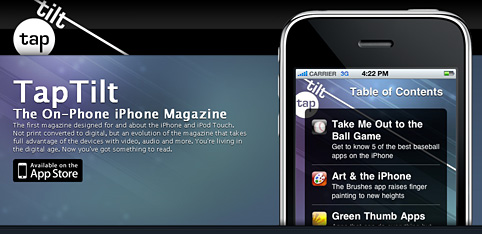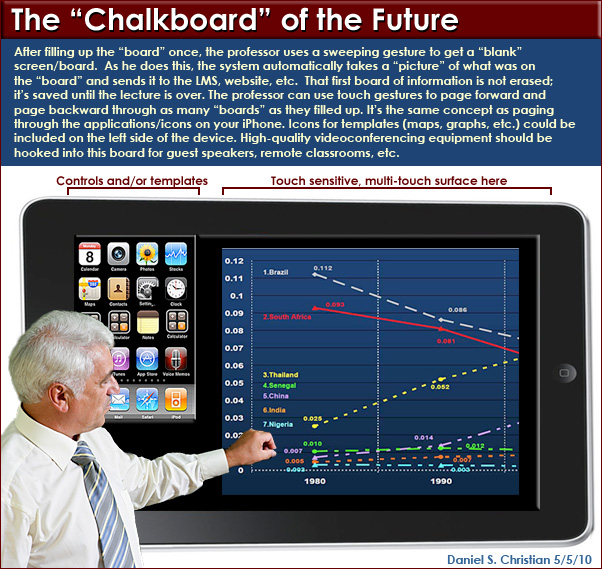Inscribe Digital launches ebook wholesale delivery platform for publishers — from teleread.com
From the press release:
Isolation Network, Inc., parent company to INgrooves (a leading provider of digital distribution, marketing and promotion services to the global music & video community via its ONE Digital platform), officially announced the name of their new digital publishing division, INscribe Digital. INscribe Digital has inked deals with all major domestic eBook retailers and is now set up to deliver digital eBook content worldwide for a number of independent publishing companies and authors via its ONE Digital platform. The announcement was made today by Founder & CEO, Robb McDaniels.
INscribe Digital provides global digital distribution, content conversion and optimization services to large and small publishers. INscribe Digital’s retail network is quickly expanding; they are an approved delivery partner of Apple and have deals with Amazon, Sony, Barnes & Noble and Kobo. Content deals have also been consummated with several independent publishers and authors such as Gaby Press, Postgraduate Medicine, 80/20 Publishing and RLR Associates. Currently, the INscribe Digital catalog covers multiple genres including education, children’s, thriller, fiction, nonfiction, memoir and young adult.











